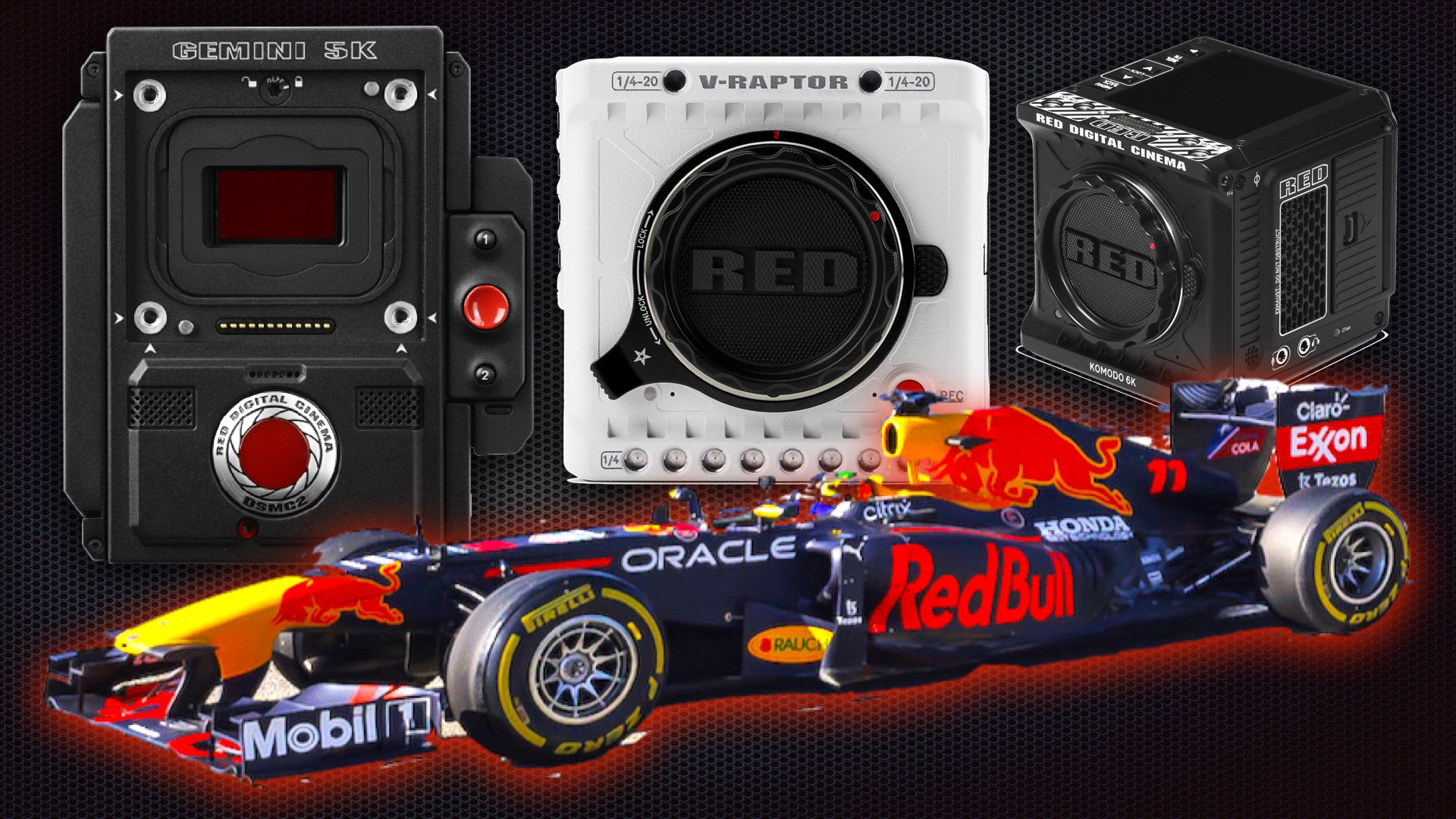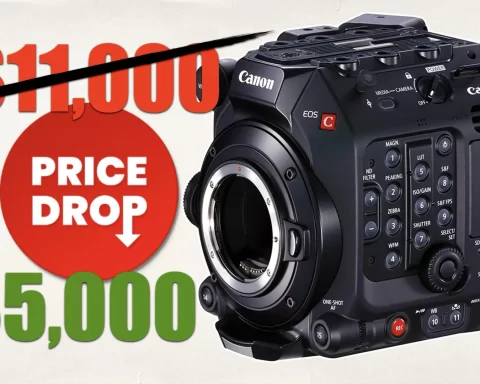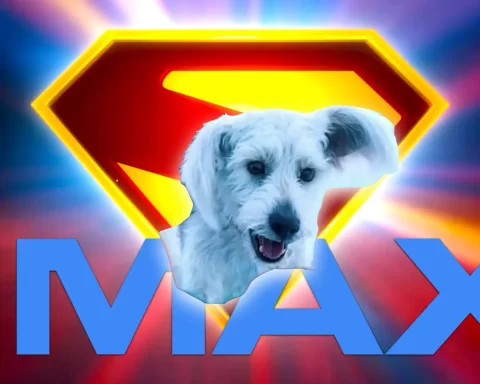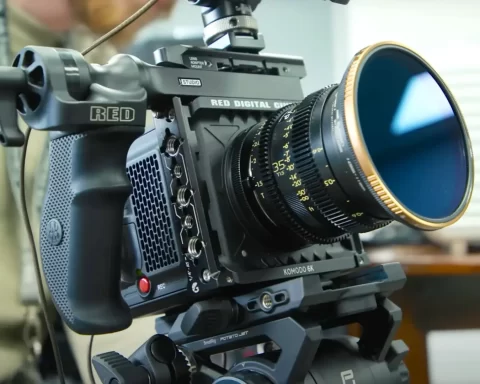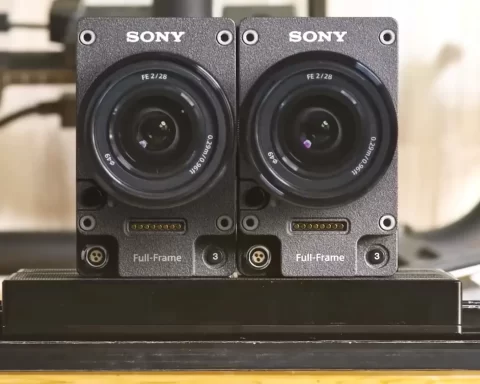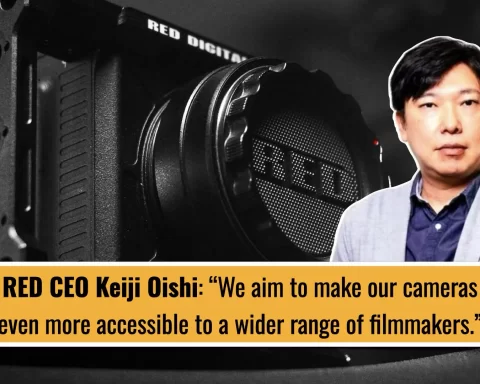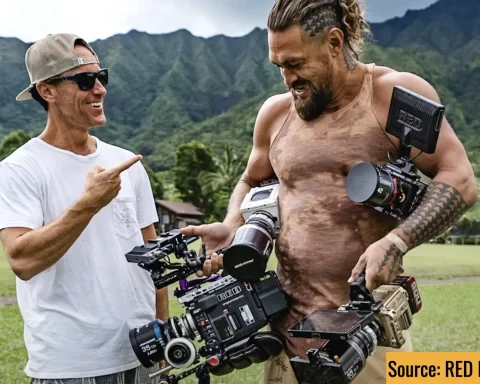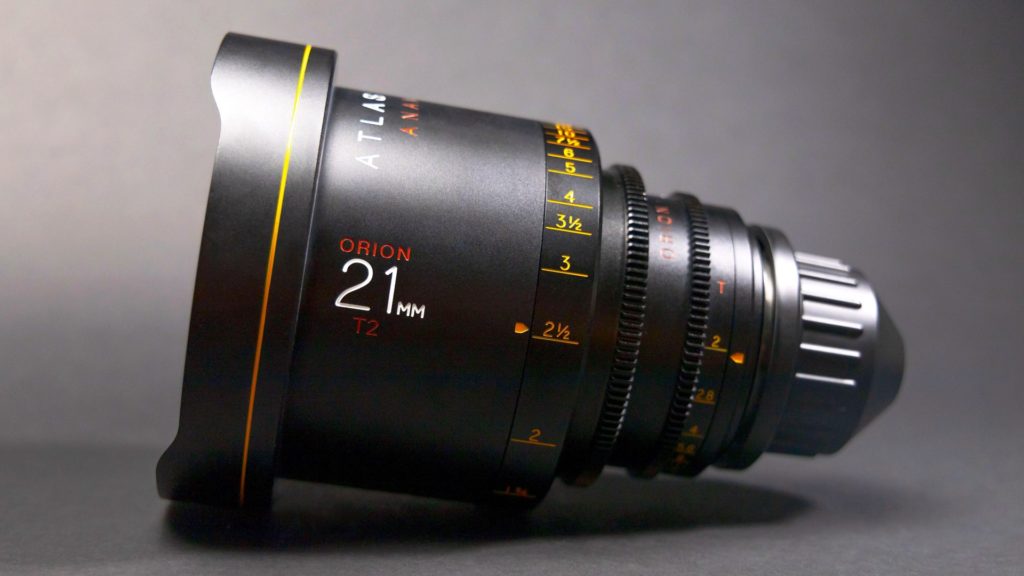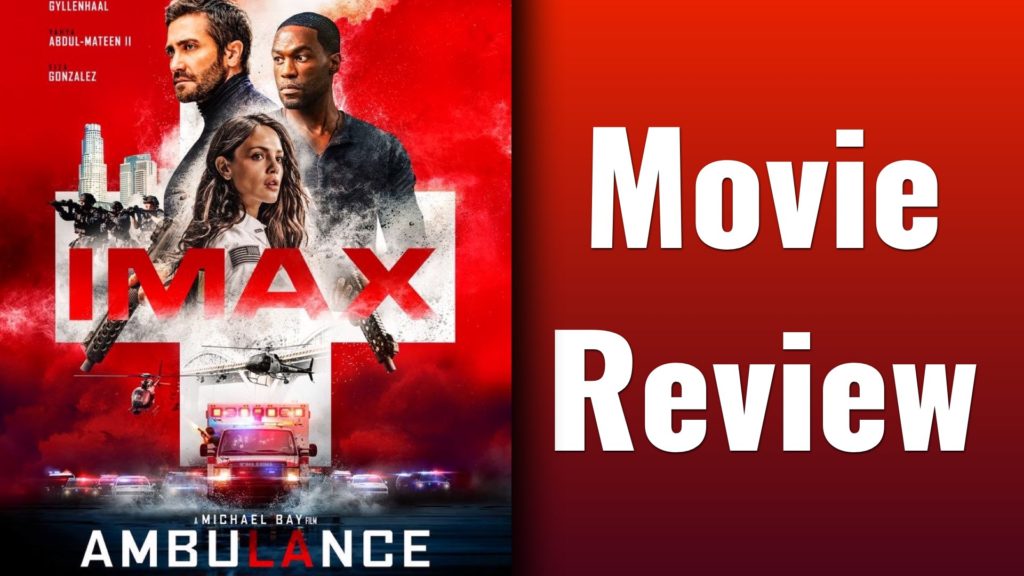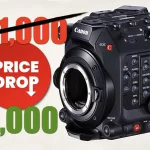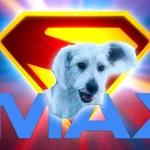Let’s suppose you want to shoot a super epic and super-fast Formula 1 (F1) car during a race inside a city. Which tools should you choose for the job? A Russian Arm (U-CRANE), An FPV drone? Or maybe both? Well, this RedBull project can shed some light on that matter. Check it out.
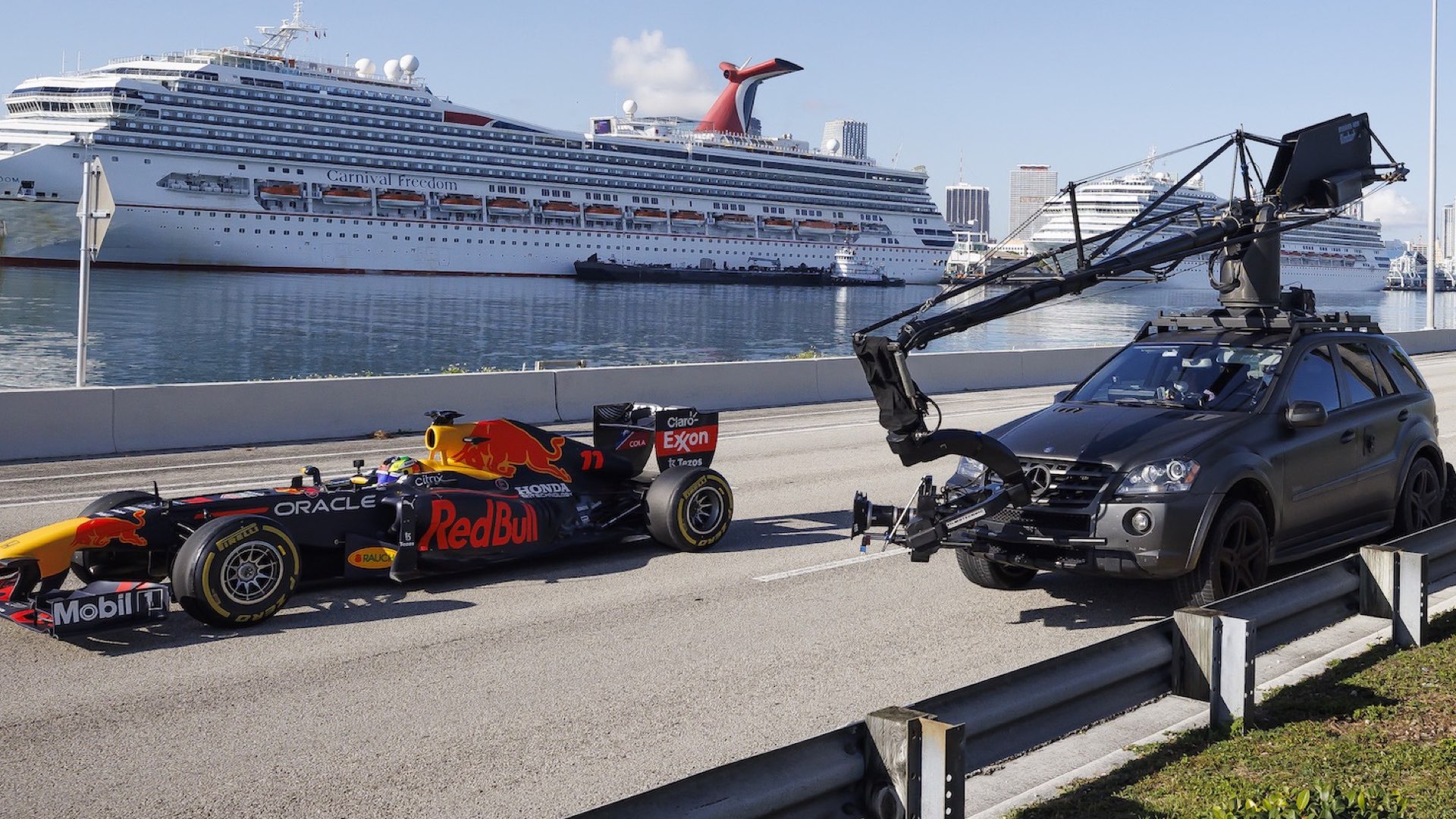
Correction and update: Filmotechnic has renamed their car-mounted crane “U-CRANE”. Formerly called the “Russian Arm”, the cranes are actually produced in Kyiv, Ukraine and the company decided it was time to honor their country of origin and show support against the ongoing war with Russia.
‘Race to Miami’: DSMC2+DSMC3
The new Road Trip USA brings the world of F1 (Formula-One ) racing to the streets of New York, the Florida Everglades, and the exotic ocean views of Miami. The trip culminates at the Hard Rock Stadium in Florida, which is the centerpiece of the inaugural Miami Grand Prix taking place in May. Director Nicholas Schrunk, DP Will Roegge, and drone specialist Johnny Schaer (aka Johnny FPV) were called on a mission to shoot this short that is based on high-octane sequences showing the power and extreme energy of the F1.
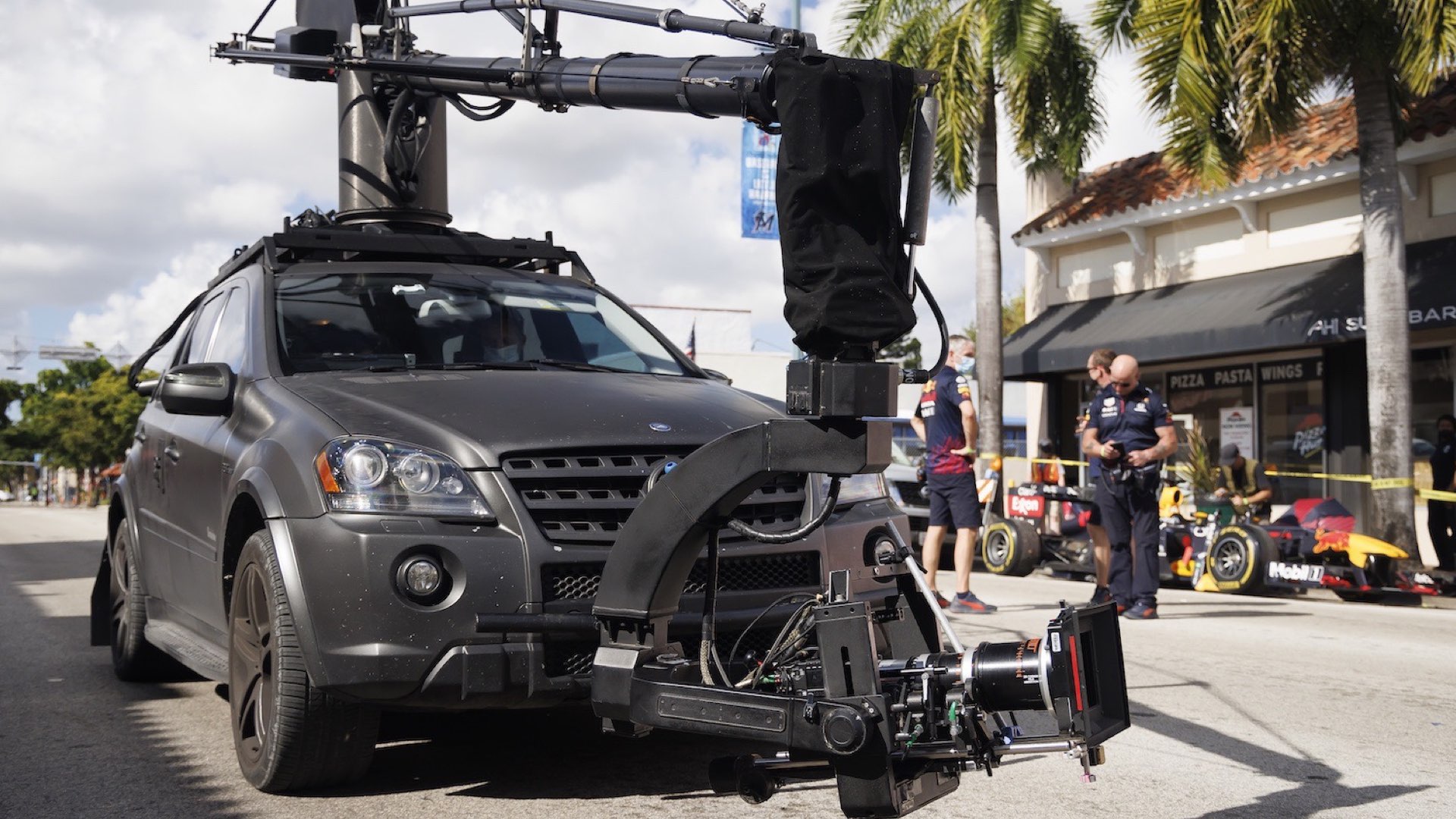
Shot on RED V-Raptor, Komodo, and Gemini
The team shot the F1 car by utilizing a combination of RED V-Raptor (as the main cam), Gemini (as a complementary cam), and Komodo (as an action cam). Schrunk and Roegge armed themselves with an arsenal of RED Gemini cameras for a range of mobile cameras positioned throughout New York City. The RED Komodo was mounted onboard the F1 car for action-cam shots, and a V-Raptor was the prime storytelling camera used for the main car-arm shots following the F1. The VV sensor on the Raptor is ideal to capture these ‘Russian-Arm shots’ during a high-speed race. The glass used here was Masterbuilt Soft Flare Primes that are characterized by their softer-edged, smoother-contrast flares, and vintage look.
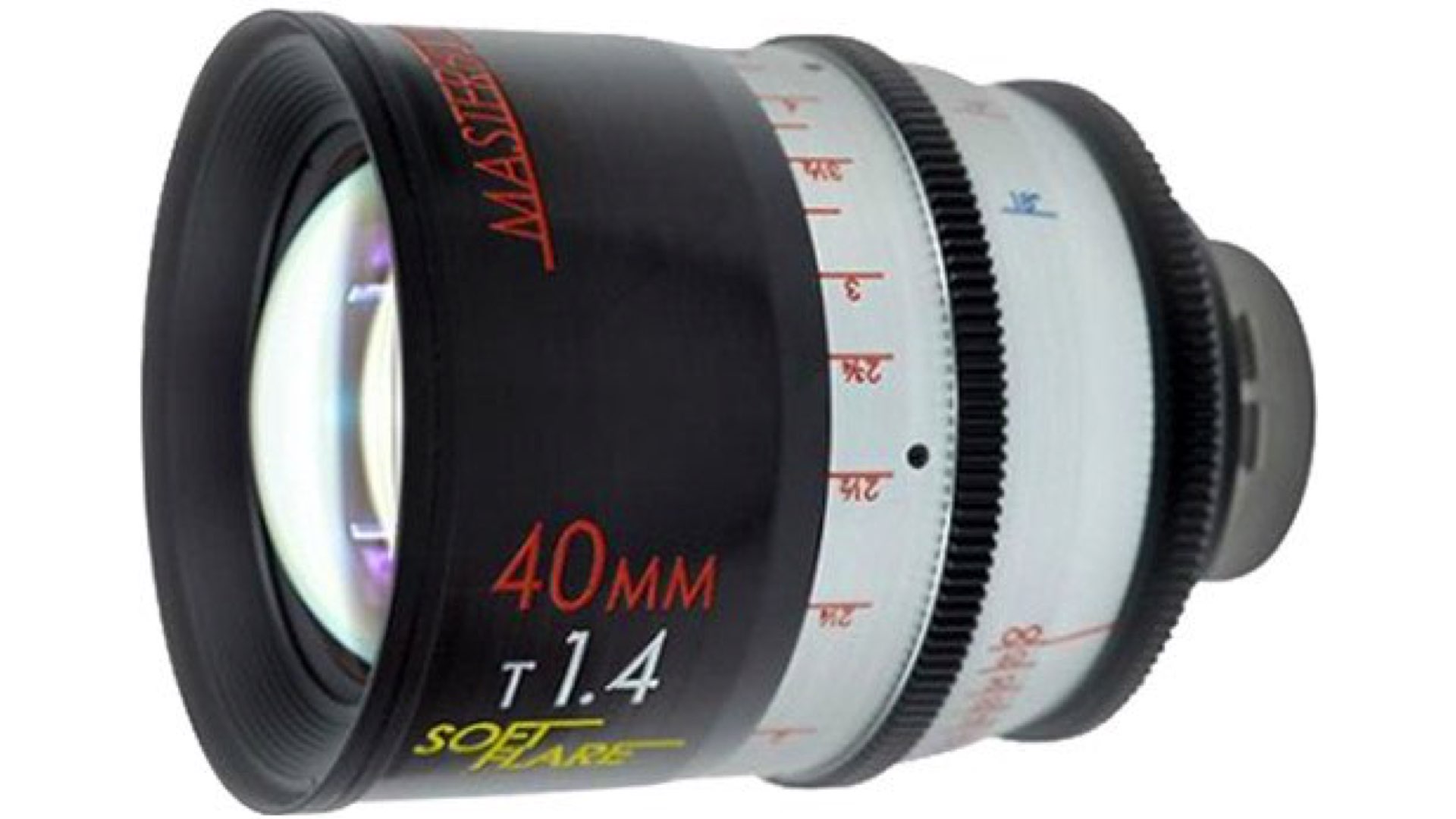
Cinematic aerial FPV: The only option
In this kind of project, an FPV drone is an essential tool. “Even at 60-80 mph, which is sluggish for an F1 car, conventional filming equipment struggles to keep pace. The obvious answer was to use a drone” said Schrunk in an interview with RED Digital Cinema. “Even a Russian Arm, which might top out at 110 mph is not an interesting shot. It would be like shooting from a car on a highway while a motorbike breezes by,” Schrunk added. Furthermore, the team wanted to capture this all-in-camera, not VFX (style Michael Bay – the shots truly remind his aggressive shooting approach…indeed, Bay is a champion in filming car chases). Hence, they have recruited drone specialist Johnny Schaer (aka Johnny FPV) in order to get these crazy super fast shots.
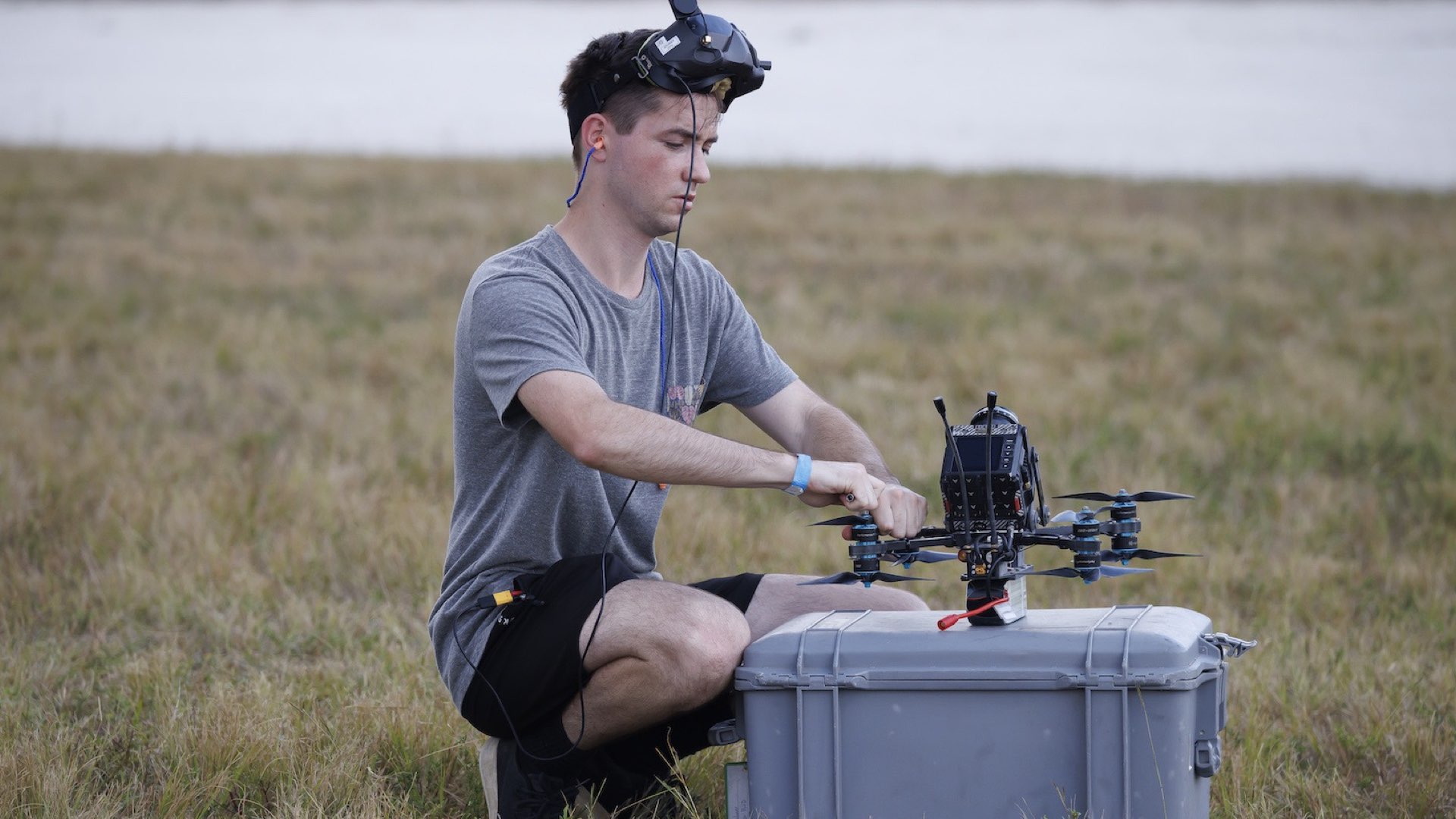
Global shutter: Eliminating the jello side-effect
“We really like Komodo because of the global shutter,” Schrunk relates. Johnny noted: “RED Komodo is great for FPV flying. Weight is a huge consideration, so having a 2lb (900g) camera is fantastic. The global shutter is another tremendous bonus particularly because FPV drones don’t have a gimbal. With Komodo, there’s no jello on the image. The FPV drone tops out at 90mph, so Johnny found a sweet spot at corners of the circuit where the F1 car slows down to capture it correctly.
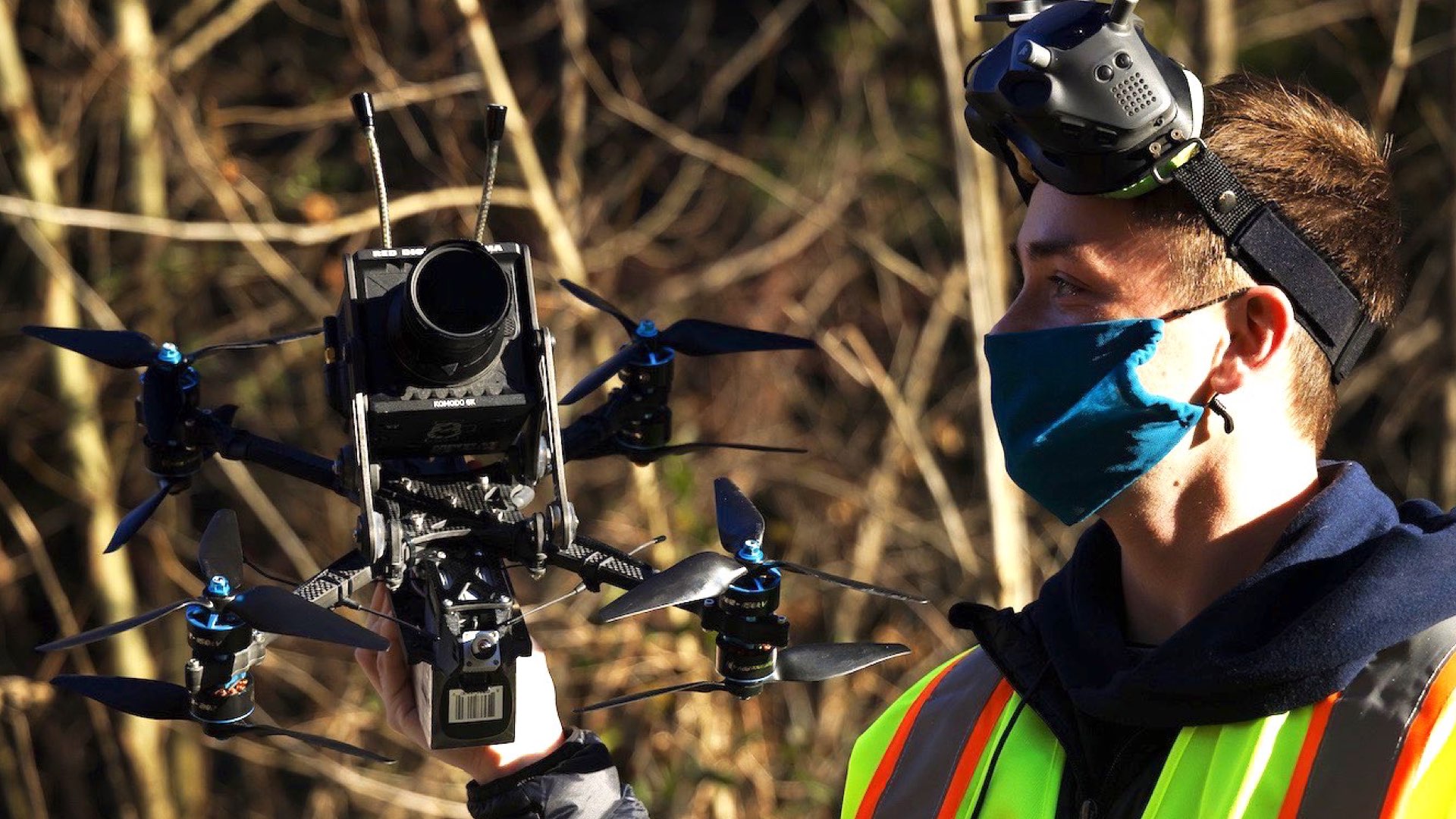
Why not use a helicopter?
Shooting with a helicopter grants many advantages to filmmakers. However, in that kind of shot, an FPV drone was a smarter choice. as Schrunk states: “The problem is how to stay with a Formula 1 car traveling at 150 mph. If we shot from a helicopter with a gimbal-mounted camera you wouldn’t get close enough or low enough to the car because it rides so low to the ground. The car would appear flattened on-screen”. On contrary, Johnny was able to fly inches off the ground, orbit the car and then go back and high to follow the F1 car at speed.
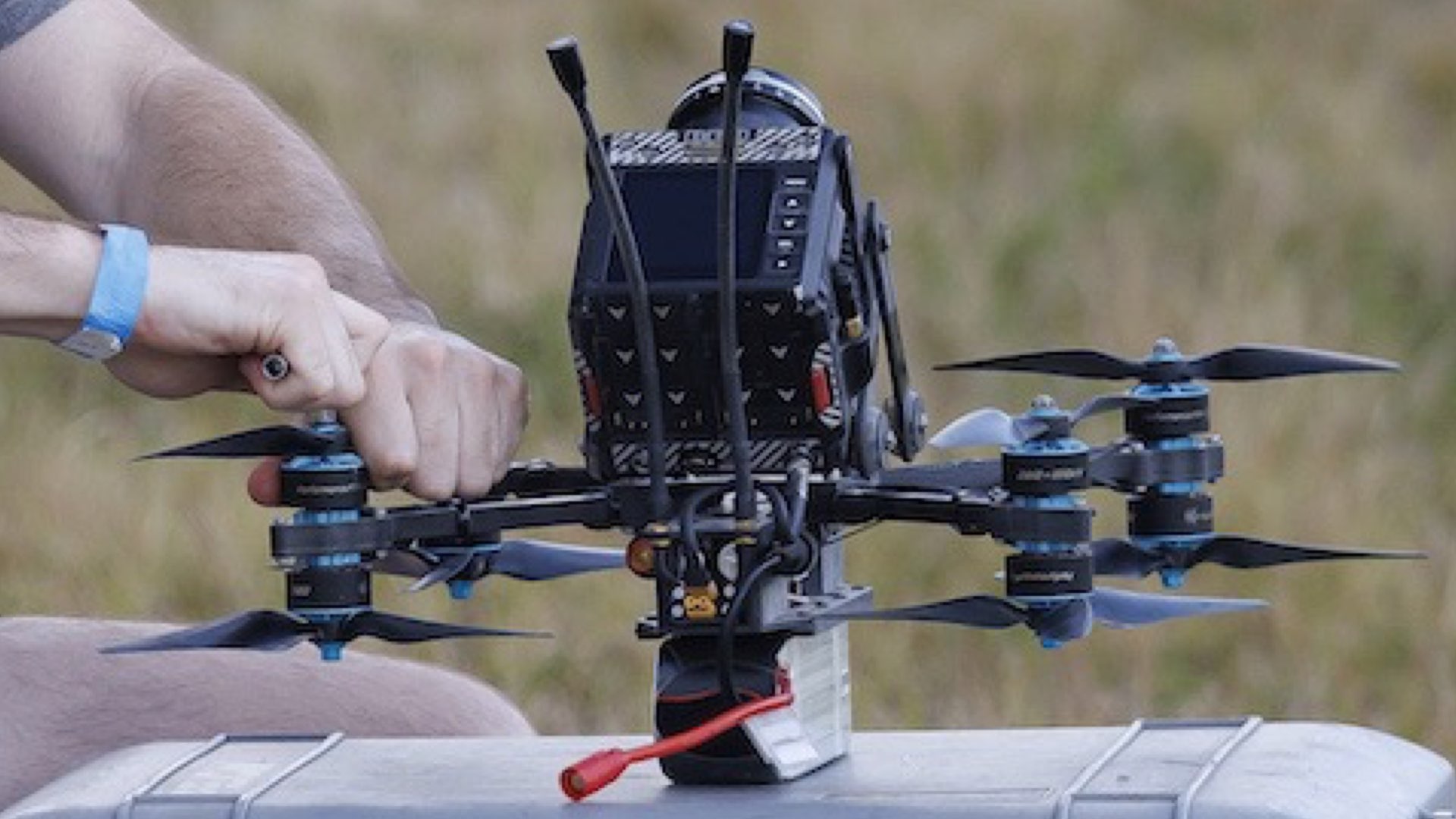
Wrapping up
‘Race to Miami’ is a very complicated and challenging shooting project which demanded camera versatility and utilization of various camera movement techniques. It was intriguing to explore the completion of the Russian Arm with the FPV drone and their roles in getting the super-fast sequences of the F1. The team definitely got its inspiration from Michael Bay’s shooting style regarding car pursuits. Check out the full video below:
Product List
Here’re the products mentioned in the article, and the links to purchase them from authorized dealers.
- Red Digital Cinema V-RAPTOR ST 8K VV DSMC3 Camera
- RED Digital Cinema Komodo 6K

